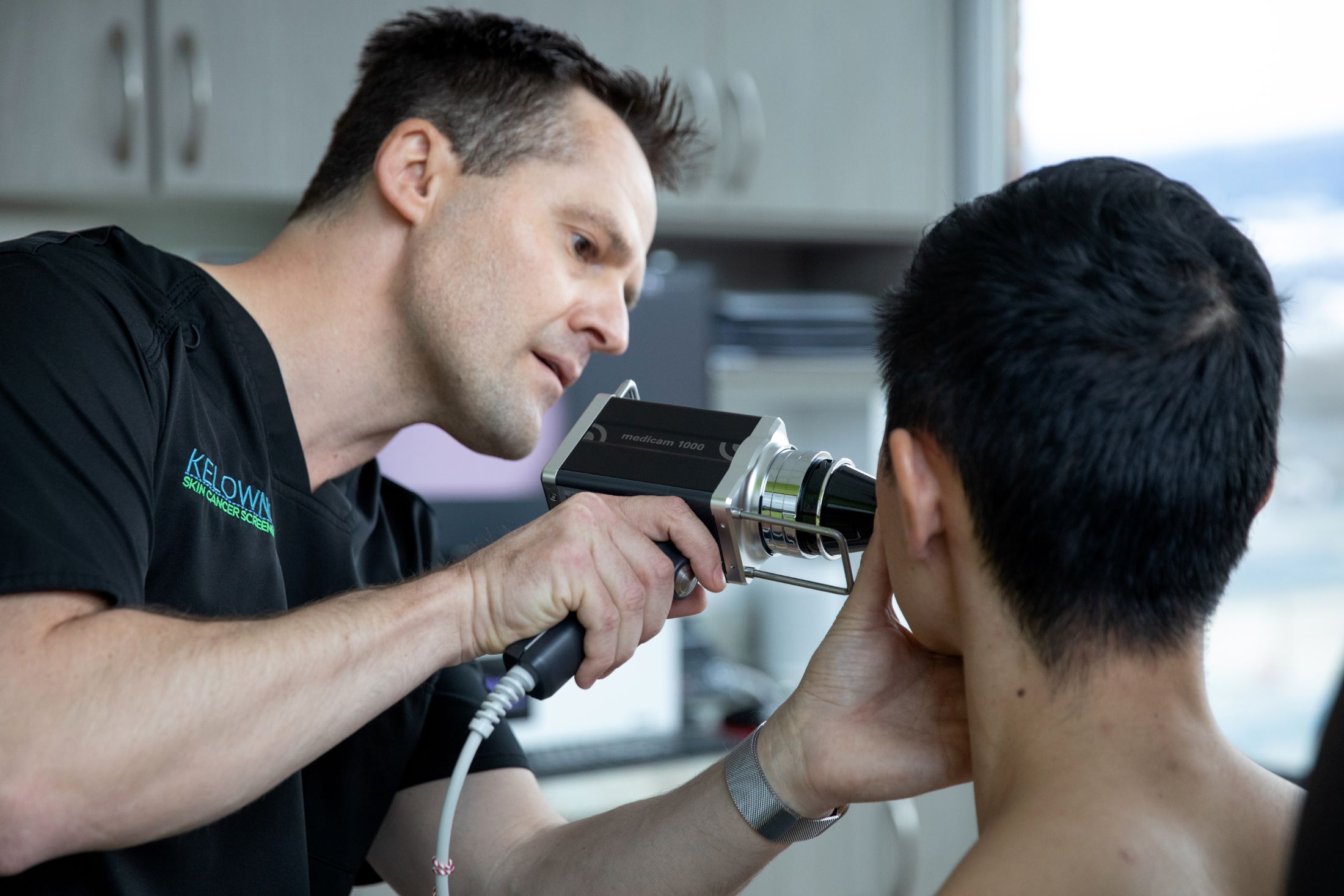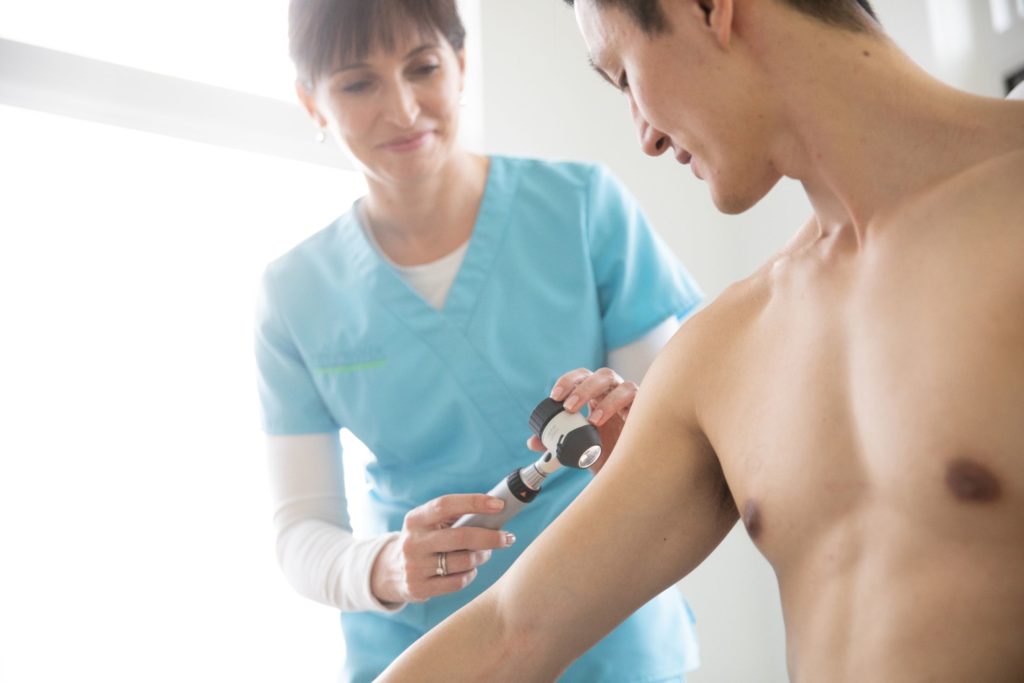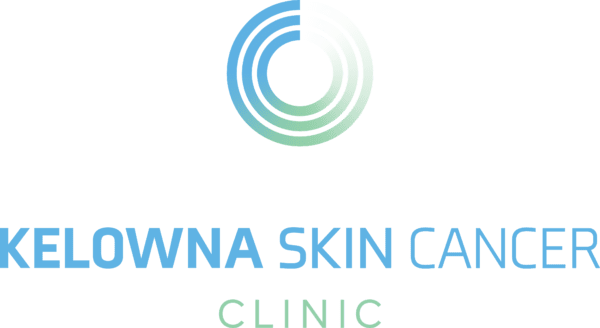SKIN CANCER SCREENINGS
Examining the health of your skin.
A skin cancer screening is used to identify any lesions that may look suspicious. A person can either do a self examination or visit their family physician/skin cancer physician.


Conduct a skin cancer screening to protect yourself from future skin problems. It’s important to be aware of changes.
Regular skin cancer screenings can prevent spread.
Skin cancer is by far the most common type of cancer. Squamous cell and basal cell cancers typically don’t spread to other body parts, and they can easily be cured. Melanoma, while rarer, poses a bigger threat.
We strive to detect skin cancer, in particular melanoma, so that we have the highest chance of curing it completely.
Who is most at-risk for skin cancer?
Conduct frequent screenings if you have a higher risk of developing skin cancer. The following are common risk factors for patients:
- Lighter skin tone
- Sunburn history
- Light coloured eyes (especially blue or green)
- Skin that freckles and/or burns easily
- Red or blond hair
- Personal history of skin cancer
- Family history of skin cancer
- Frequent exposure to UV rays from the sun or tanning beds
- Many moles on the body
Visit a physician if you notice abnormalities.
If you have screened yourself and found any possible signs of skin cancer, see your family physician immediately. Abnormalities include the following:
- Change in an existing mark or mole
- Skin spots or moles that bleed, ooze, or turn crusty
- A mole that is painful when touched
- Sore that fails to heal within a period of four to six weeks
- Shiny red, pink, translucent, or pearly white bulge on the skin
- Sore or mole with uneven borders that might bleed easily
- Using the “ABCDEFG” rule can help you to recognize suspicious moles during self-evaluation.
Moles which show one or more of the signs below should be treated with the utmost attention and observed by your physician!
A for Asymmetry
B for irregular, Blurred or jagged Borders
C for Colour variation
D for Diameter larger than ¼ inch
E for Evolving, any change – in size, shape, colour, elevation, or another trait
F for Feeling firm to touch
G for Growing
How skin cancer screenings work.
If your examination is being conducted by a physician, they will spend 10 to 15 minutes examining your skin. You may be required to wear a robe.
If you’re conducting a self examination, pay attention to the following. You will need a well-lit space and a full length mirror to proceed with the skin assessment.
- Women should check the areas under the breasts
- Lift your arms and check your right and left sides
- Look at the back and front of your forearms
- Check your hands completely, including the sides of your fingers and the nail beds
- Look at the sides, back, and front of your legs
- Sit on a flat surface and check your feet, including the soles, nail beds and the gaps in between the toes
- Check your genitals, back, and buttocks with the hand mirror
- Check your scalp by parting your hair. This may require using a hair dryer or comb, along with a hand-held mirror to examine better.
Risks of skin cancer screenings
Normal lesions can mistakenly be identified as cancerous leading to unnecessary investigations and treatments. Similarly, cancerous lesions can mistakenly be identified as non-cancerous lesions leading to delayed or missed diagnoses. Moreover, if lesions are identified as needing biopsy or excision, there is always the risk of scarring or wound infection.
Unfortunately, there is no guarantee that all skin cancers will be detected and prevented through regular screenings. However, it does greatly improve the odds.
Request an appointment.
Please note that we work on a referral basis only. Contact your family physician or a walk-in clinic to have a referral sent to us. We will then contact you to book an appointment.
